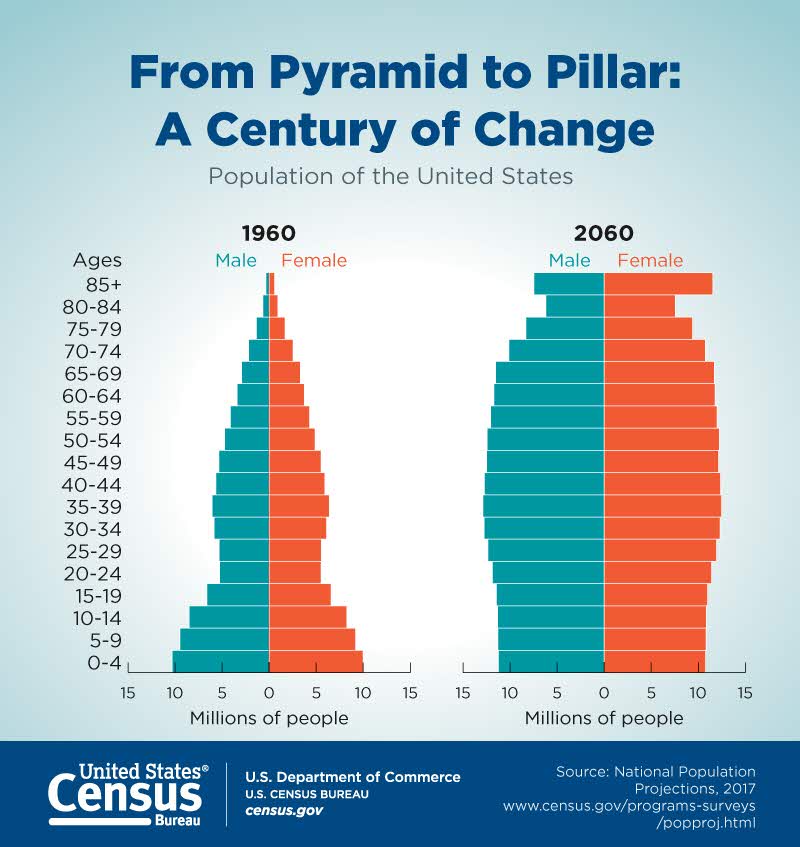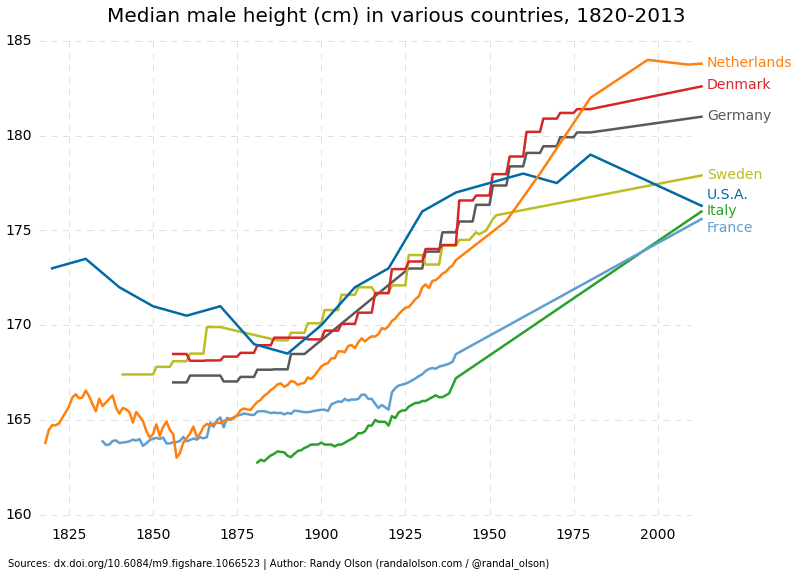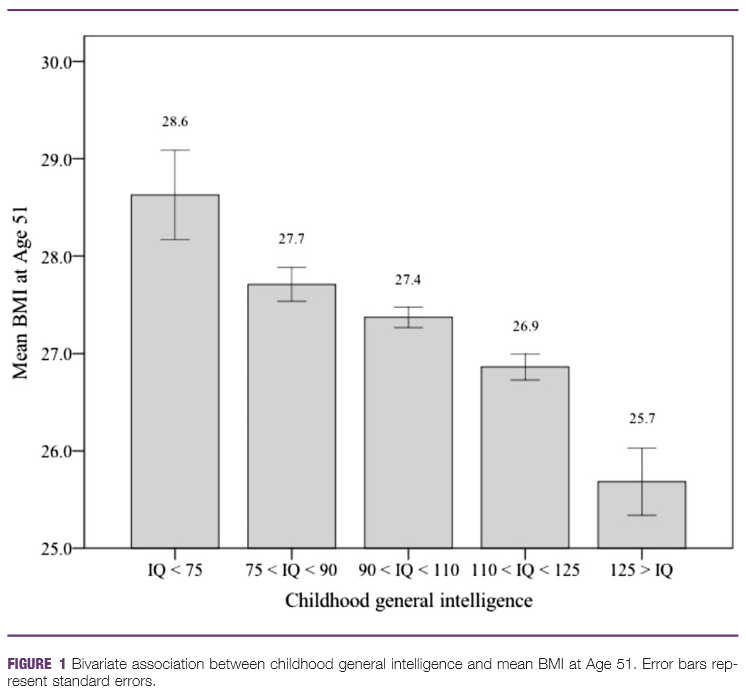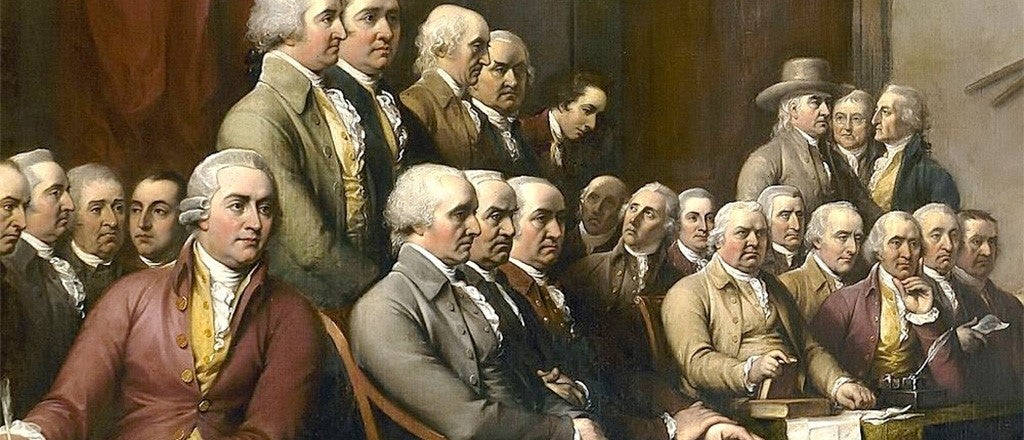But a common rebuttal to biological/genetic-explanations for obesity is that people seem fatter today compared to generations ago. How does one reconcile abrupt phenotypic changes with changes to the genome, which are much more gradual?
A major, obvious reason is the graying of America. According to Jeanne M. Thompson, M.D. “In middle age, metabolism slows, muscle mass decreases and testosterone levels go down — all contributing to weight gain.” Hair loss became a bigger problem due to people living longer, so this led to a demand for hair loss solutions. The same is observed with weight. However, this does not explain the apparent rise of childhood/adolescent obesity.

Sedentary lifestyles and highly palatable, caloric-dense foods are also possibly important contributors. This is discussed in Scott’s 2017 review of The Hungry Brain, by Dr. Stephan J. Guyenet. If humans are genetically predisposed to fat storage for evolutionary or survival reasons, this can be reconciled by environment exacerbating and heightening said genetic factors, due to an overabundance of calorie-dense food.
A second explanation, discussed in an earlier post, is that people are getting bigger overall, not just wider, but taller. Via the square-cube law of scaling, a one-percent increase in height corresponds to a three-percent increase in weight. Being bigger makes it harder to do cardio/aerobic exercise, which is more effective for weight loss compared to anaerobic activity, like weightlifting, which burns fewer calories. This is why marathon runners are so thin, but also tend to be shorter than average too, because being too tall means being too heavy and thus less efficient.

Another possible explanation is lower IQs/dysgenics. In his excellent blogpost Obesity and IQ JayMan posits a negative correlation between IQ and obesity. If the dysgenic hypothesis is true–that is–worldwide IQs are falling, this could be a contributing factor to global obesity over the past half century or so. However, the amount of cognitive decline does not seem like enough to account for all of obesity, and this is contradicted by the so-called Flynn Effect, which suggests that people are getting smarter.

Through my own research/empirical observations on the matter, it would seem that smarter people are in physically better shape compared to average/IQ-people. Whereas the latter are almost all overweight by midlife, high IQ people are divided into one of three categories: being really good at endurance, really good at strength activities, such as weightlifting, or neither (similar to the average-IQ people). It’s possible that smarter people have faster metabolisms or are better able to override feelings of hunger, as suggested by the Stanford marshmallow experiment, in which participants who had better impulse control did better on all metrics of lifetime achievement that positively correlate with IQ, and had lower BMIs. “In follow-up studies, the researchers found that children who were able to wait longer for the preferred rewards tended to have better life outcomes, as measured by SAT scores,[2] educational attainment,[3] body mass index (BMI),[4] and other life measures.” Regarding strength, it’s possible smarter people are able to summon more muscle fibers or have better ‘CNS activation‘.
A much less discussed explanation is adiposity being underreported/undiagnosed in the past. This explanation deserves much more consideration. [0] There were plenty of fat people 50-80 years ago, but as doctors and patients became increasingly aware of obesity, it led to more people being diagnosed. It was only in the second half of the 20th century, in 1948 by the WHO, that obesity was officially recognized as a medical problem. There are probably a lot of people who are considered overweight today by strict BMI standards who would be considered normal/healthy weight 70+ years ago, and the converse.
Plenty of overweight or obese people do not look like they are fat, such as due to baggy or loose-fitting clothes, unless they take their shirt off, so photos from the 50s-70s of alleged slimness may be deceiving. Your average obese person does not look like a contestant of ‘The Biggest Loser’, but may have a slightly protruding stomach, which is enough to have a BMI of 35+ even if it’s not that overtly obese. People with huge, overhanging stomachs like you see in stock photos are in the super-obese category, which is rarer than just class 1-2 obesity.
Although obesity is often framed as a modern problem, Americans have been trying to lose weight, unsuccessfully, for a long time. There were fad diets even as far back as a hundred years ago, like we see today, such as the ‘grapefruit diet‘, which dates back to the 1930s. Maybe a new generation of weight loss drugs, such as Semaglutide and Wegovy, will change this. Let’s hope.
[0] From what I can glean of paintings of the Founding Fathers, at least 1/3 of them appear to be in the obese or highly overweight category, almost similar to today, but this was in the 1700s, long before the advent of processed foods and junk food. This suggests relatively high rates of adiposity long before it became a public health problem, which goes against almost every narrative about the topic.

Few of these people seem thin. It would seem as if weight gain is inevitable part of aging, even hundreds of years ago.
Sounds like we’re heading for a caste system.
I think added sugar and refined carbs contributed to unnecessarily high levels of fat.
Although I suspect during the time of the Founding Fathers the Sugar Plantations that supply the sugar is already starting to make its mark.
One woman cuts out refined carbs and loses 20kg in months:
https://www.news.com.au/lifestyle/health/diet/a-life-less-sugar-author-amanda-tiffens-book-about-quitting-sugar-and-losing-20kg-in-nine-months/news-story/f7caf5314a6663b6443f5a9d1be65c3b